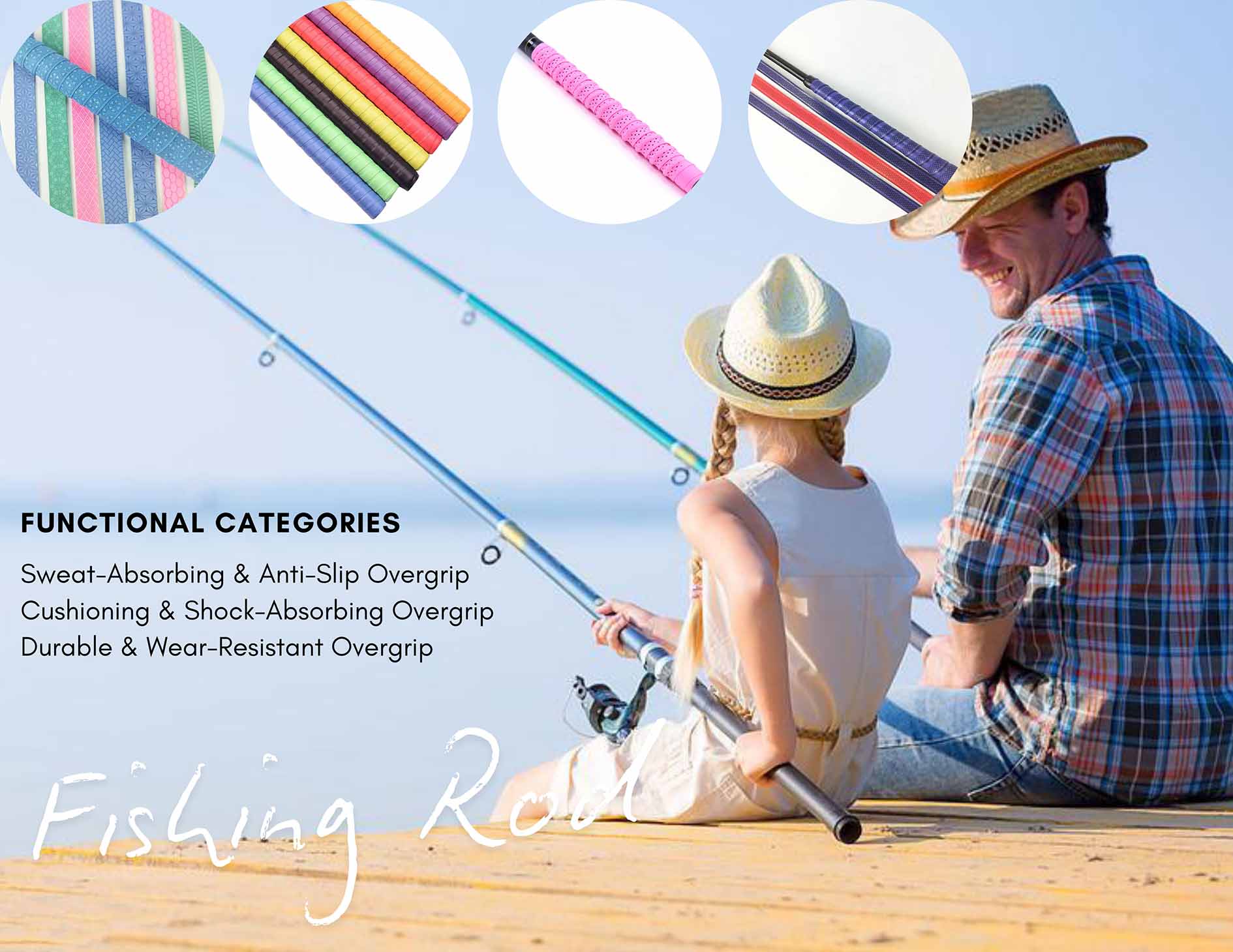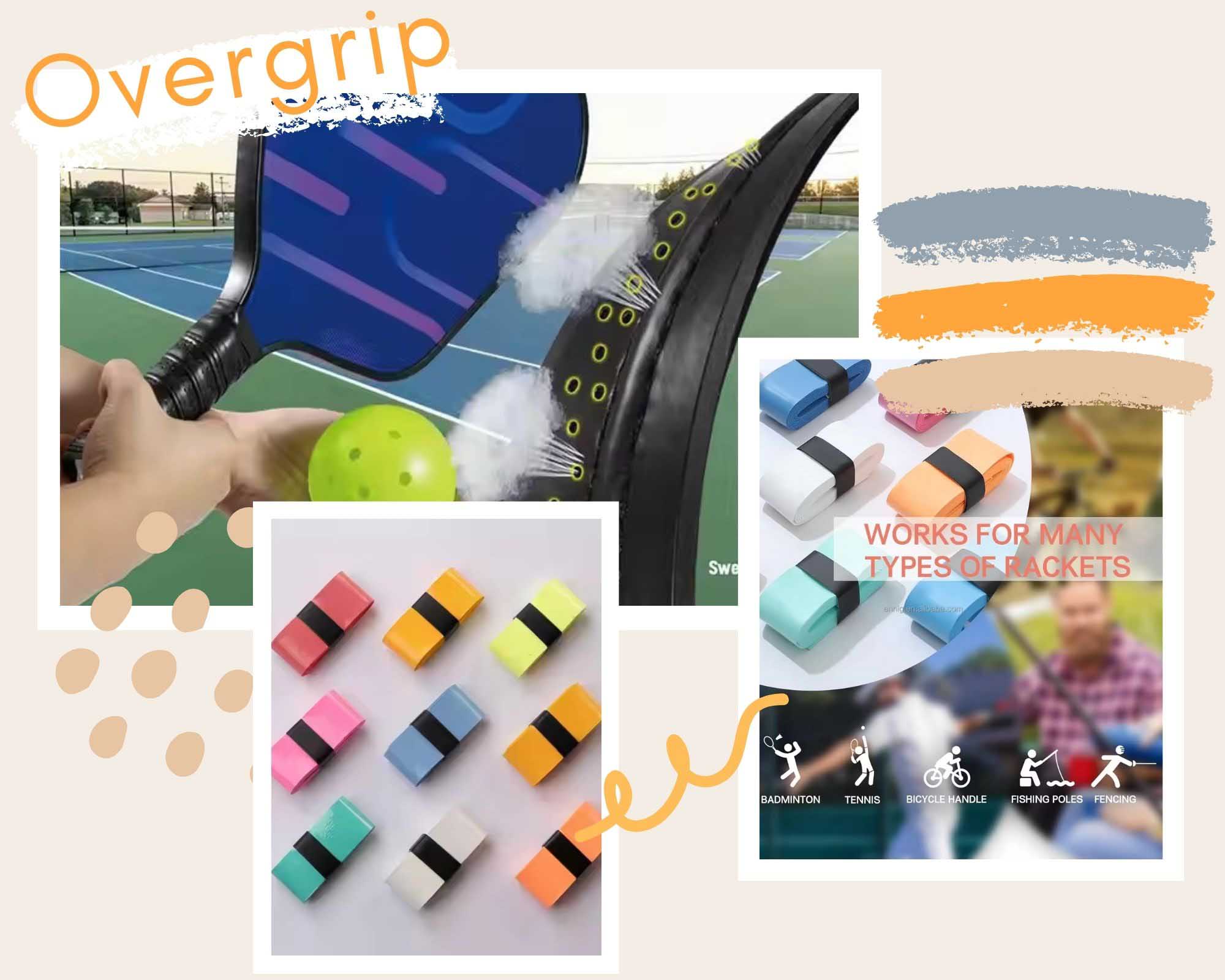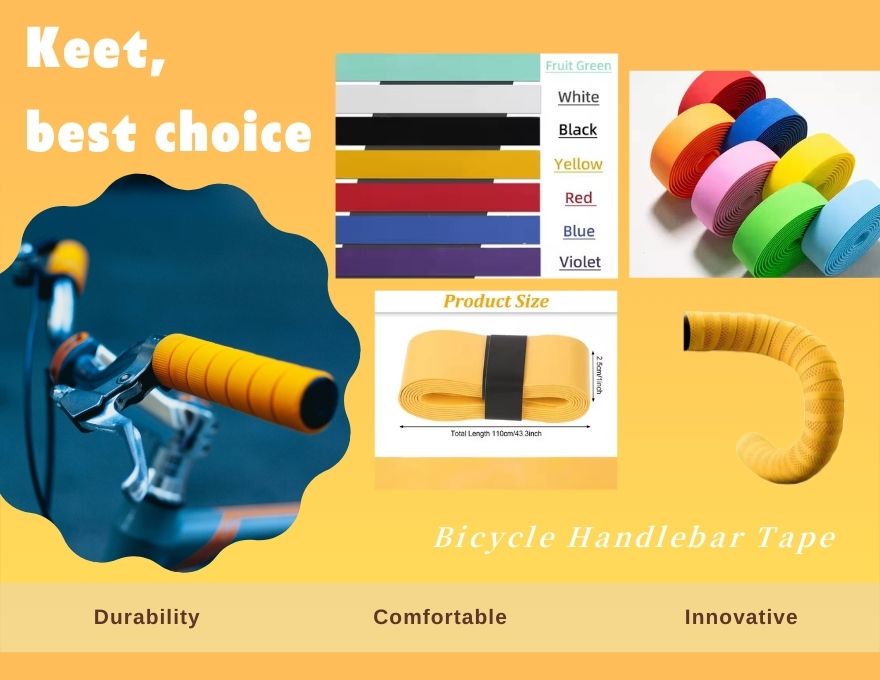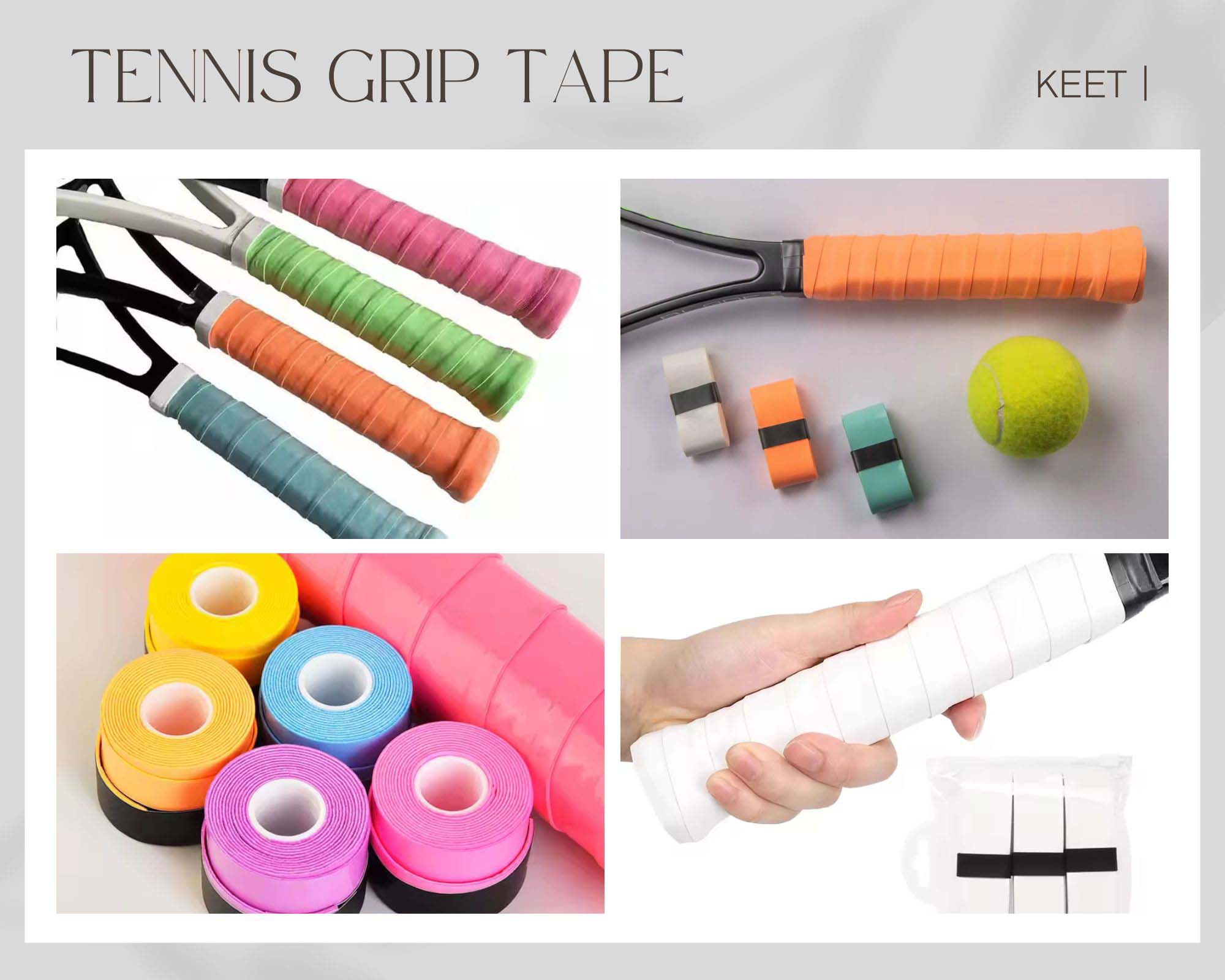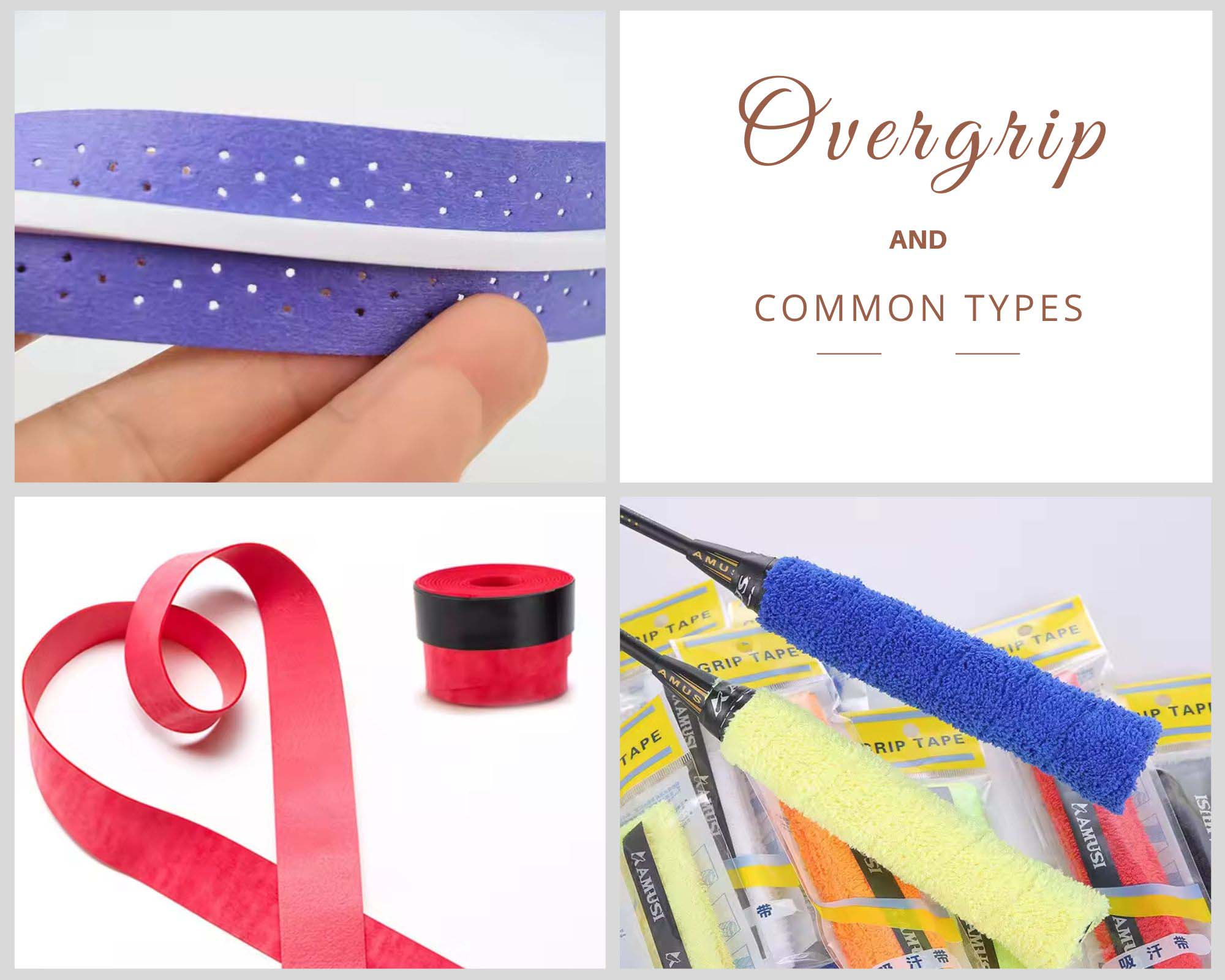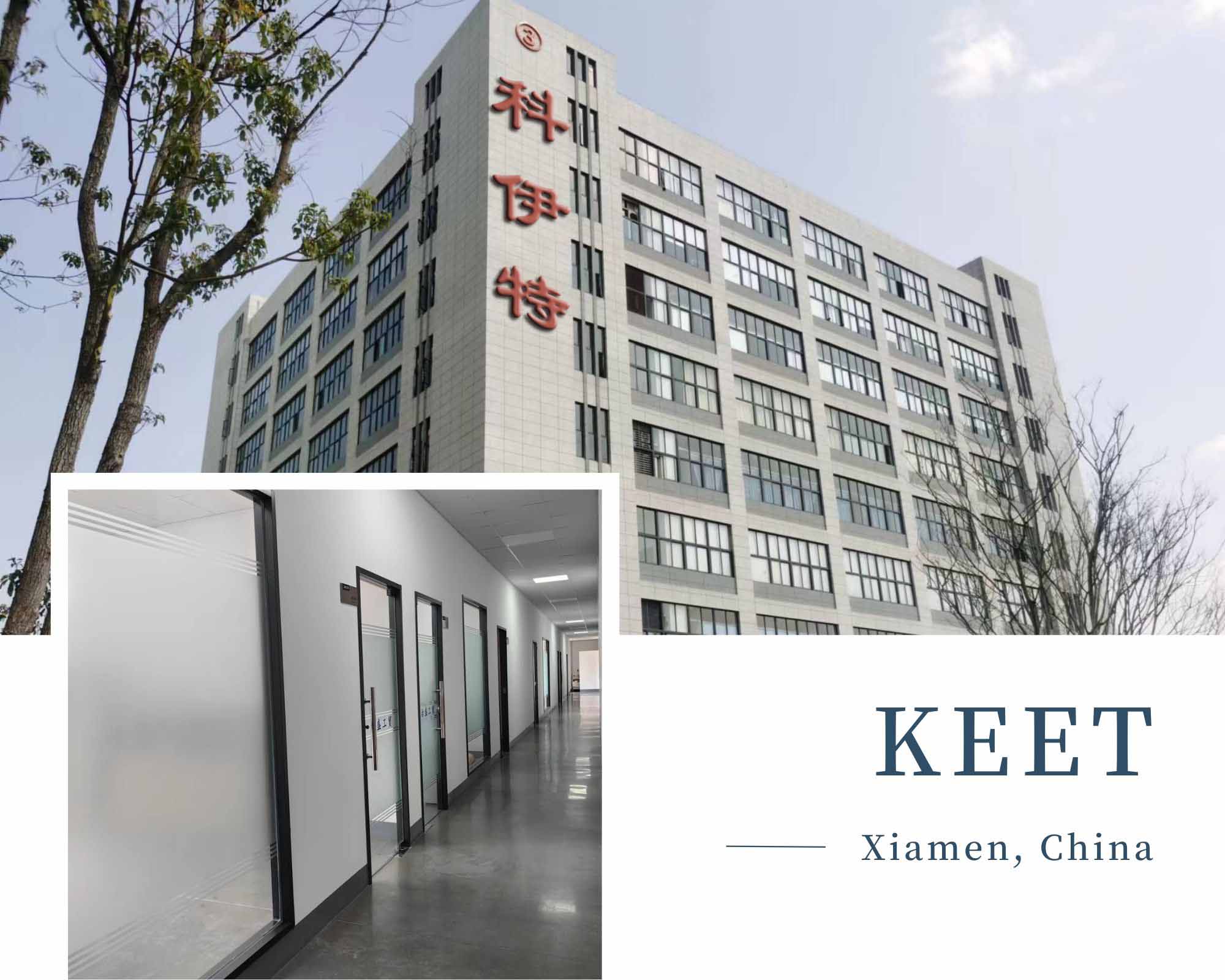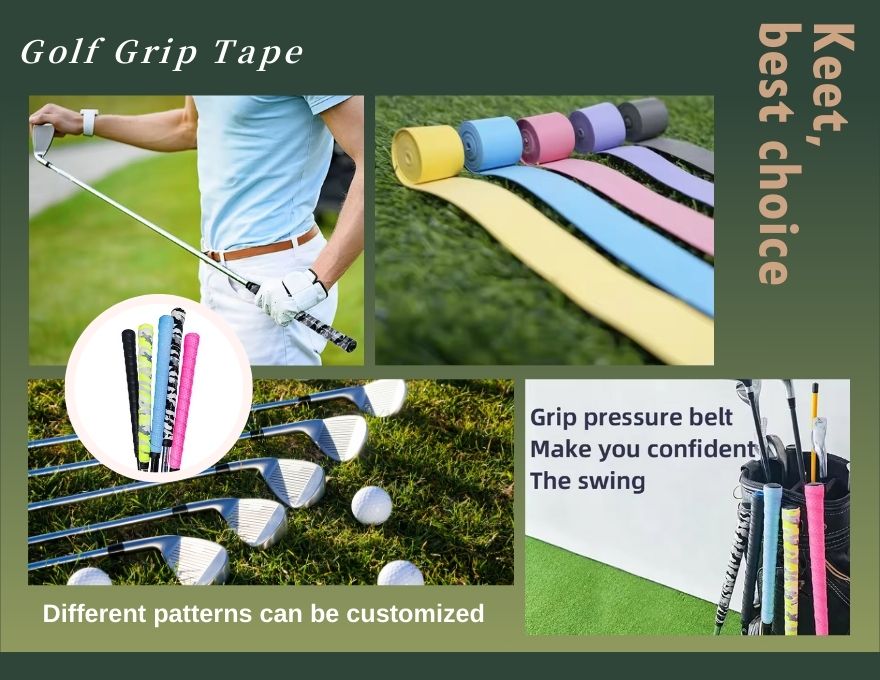In today's fiercely competitive market environment, every detail can be the key to making a product stand out. As a leading enterprise specializing in customized services for high-end grip tape, we deeply understand the importance of personalization and quality in enhancing brand image. Therefore, we offer a series of comprehensive and meticulous customized services, aiming to add a unique charm to your products and make every grip a beautiful moment for brand communication.
1.Color Customization, Highlighting Brand Colors.
Color is the first language of brand identification. We provide a wide range of color options, from classic black, white, and gray to vibrant red, blue, and green, and even exclusive colors precisely matched according to the Pantone color chart, ensuring that your grip tape perfectly aligns with your brand image. Whether it's to showcase stability and professionalism or convey youth and vitality, color customization can accurately convey this, making your product instantly recognizable among numerous competitors.
2.Material Customization, Enhancing User Experience.
Feel determines the first impression. We carefully select a variety of high-end materials, such as anti-slip and wear-resistant PU leather, soft and comfortable silicone, shock-absorbent and durable EVA, etc. Each material has undergone rigorous screening and testing, aiming to provide your product with the most ideal grip feel. Based on your product characteristics and target user group, we can recommend the most suitable material to ensure that every touch leaves a deep and positive impression.
3.Printing Customization, Showcasing the Beauty of Details.
Printing technology is key to showcasing brand details. We adopt advanced printing techniques and pay attention to details, perfectly presenting delicate text, complex patterns, or gradient effects for our clients. This not only enhances the aesthetic appeal of the product but also serves as the best interpretation of the brand's professionalism.
4.Logo Customization, Strengthening Brand Identification.
Integrating your brand identity into the design of the grip tape is an effective way to deepen user memory. We offer personalized Logo customization services, capable of printing simple text logos or complex graphic logos in high precision and high definition onto the grip tape, ensuring they are clearly visible from any angle and under any lighting conditions, effectively enhancing brand recognition.
In summary, through our customized services for high-end grip tape, your product will not just be a commodity but a medium that carries brand stories and conveys brand value. From color to material, from printing to logo, every step is meticulously crafted to add infinite brilliance to your brand and make every handshake an opportunity to deepen emotional connections with users. Choosing us is choosing an opportunity to make your product unique and stand out. Let's work together to create an even more glorious brand future.
